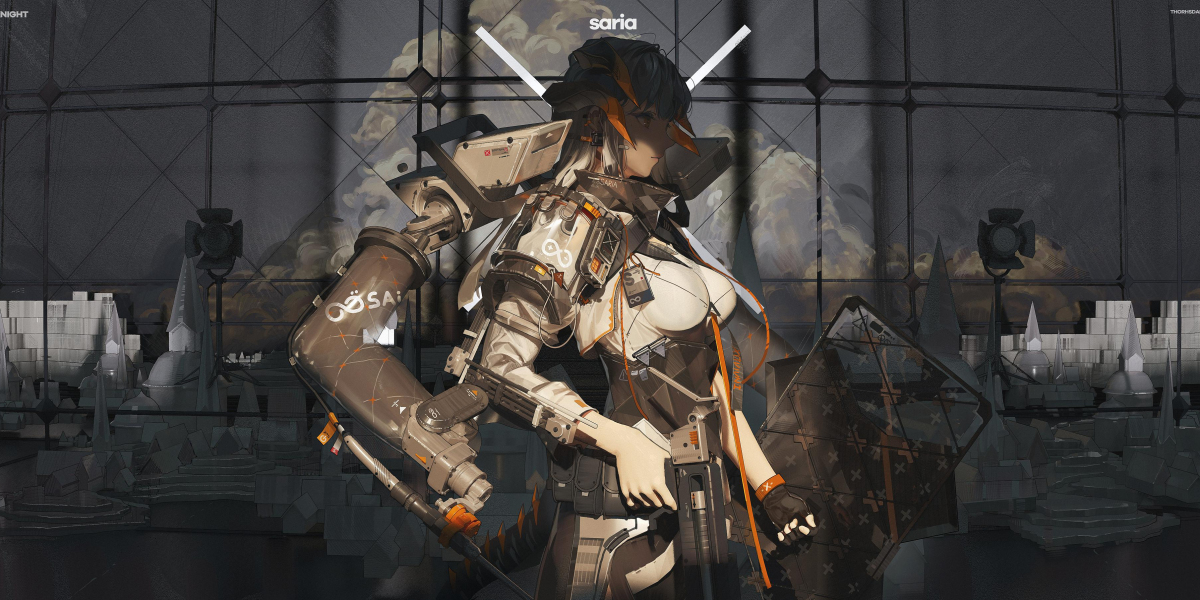3D printing has revolutionized the way we create objects, but it is not without its challenges. Understanding the common 3D print issues can significantly enhance your printing experience. In this article, we will explore five prevalent problems and their solutions.
1. Warping
Warping is one of the most frequently encountered common 3D print issues. It occurs when the edges of a print lift off the build plate, leading to an uneven surface. This issue is often caused by rapid cooling of the material.
- To mitigate warping, ensure that your build plate is properly leveled.
- Using a heated bed can help maintain a consistent temperature.
- Consider applying an adhesive like glue stick or hairspray to improve adhesion.
2. Stringing
Stringing refers to the thin strands of plastic that can appear between parts of a print. This issue often arises from excessive oozing of filament during travel moves. Have you ever wondered how to reduce stringing?
- Adjusting the retraction settings in your slicer can significantly reduce stringing.
- Lowering the printing temperature may also help, as it reduces the material's tendency to ooze.
3. Layer Adhesion Problems
Another common issue is poor layer adhesion, which can lead to prints that are weak and prone to breaking. This problem often stems from incorrect temperature settings or insufficient extrusion.
- Ensure that your nozzle temperature is appropriate for the filament you are using.
- Check that your printer is calibrated correctly to avoid under-extrusion.
4. Clogged Nozzle
A clogged nozzle is a frustrating issue that can halt your printing process. This problem can occur due to debris or improper filament use. What steps can you take to prevent this?
- Regularly clean your nozzle to remove any buildup.
- Use high-quality filament to minimize the risk of clogs.
5. Inconsistent Extrusion
Inconsistent extrusion can lead to gaps and uneven surfaces in your prints. This issue may arise from a variety of factors, including filament quality and printer settings.
- Ensure that your filament is dry and stored properly to prevent moisture absorption.
- Calibrate your extruder steps per millimeter to ensure accurate extrusion.
By addressing these common 3D print issues, you can improve the quality of your prints and enhance your overall experience. For a more comprehensive guide on preventing 3D printing failures, consider visiting this resource.
In conclusion, understanding and resolving these common issues will not only save you time and materials but also lead to more successful prints. Happy printing!







